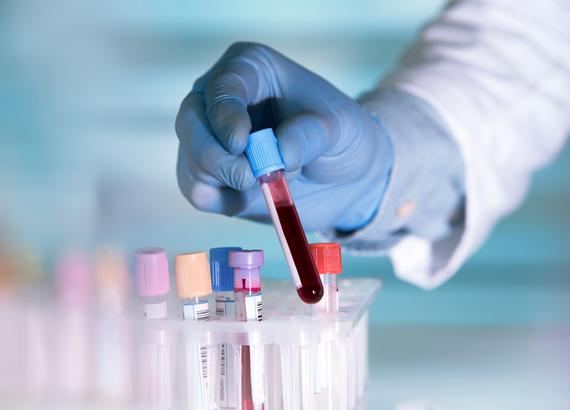Research and Innovation
In an era of molecular diagnostics and medicine, food allergy diagnostics lag behind. FARE is currently working on driving research and innovation to bring new diagnostic methods for food allergy. Learn more here about methods of diagnosis currently in use, and why better tools are essential to improving the lives of individuals and families managing food allergy.
Diagnosis of Food Allergies
“Diagnosis of Food Allergies,” a 40-minute video produced by FARE, offers in-depth information on how to recognize different types of adverse reactions to food and seek a medical diagnosis. The presentation first introduces adverse food reactions, including IgE-mediated food allergies that can cause life-threatening symptoms, several types of non-IgE-mediated food allergies, and food intolerances. This is followed by a description of diagnostic methods that are in use today as well as new diagnostic approaches that are under investigation.
Oral Food Challenge
An oral food challenge involves feeding the patient increasing doses of food protein under medical supervision to see if they react to the food protein and to measure how much of the protein they can eat before reacting. If the patient can eat the whole challenge dose without reacting, they aren’t allergic to that food protein.
Learn More
Other Food Allergy Testing Options
If your health care provider suspects that you or your family member has a food allergy, you may be referred to an allergist/immunologist for testing. Here are some of the testing methods you may encounter.

Skin Prick Tests
Introducing food allergens just below the skin surface and measuring the size of any resulting skin reaction (wheal).

Blood Tests
Measuring food-specific IgE antibodies in the blood.

Food Elimination Diets
Avoiding a food for some weeks to see whether symptoms go away. The food may then be eaten again to see if symptoms return
The Future of Food Allergy Diagnostics
Current methods of diagnostic testing for food allergy are often inconclusive, and in the case of food challenges sometimes stressful and scary.
- For many patients, blood tests and skin prick tests that indicate they might react to a food are misinterpreted to mean that they do react to that food. This can lead to unnecessary avoidance of foods, which increases costs, adds to anxiety and limits food choices and nutrition options.
- The most accurate tests – oral food challenges – require patients to eat foods that could make them feel ill or even require emergency treatment. Oral food challenges can be especially difficult for young people who have been taught to always avoid a food but are then told to eat that food to see if they react. In some patients, especially very young children, it may be difficult to interpret the test if there are no observable physical signs of a reaction.
None of the available tests can predict the severity of a patient’s next food allergy reaction. Identifying new diagnostic tests that are accurate, precise and stress-free is a key priority for FARE. In the 21st century, we can and will do better.




